
© Damir Yusupov. (Click image for larger version)
Bolshoi Ballet
The Flames of Paris
Moscow, Bolshoi New Theatre
15 May 2013
www.bolshoi.ru
Bolshoi Ballet Summer 2013 London visit
Flames of Paris is quintessential Bolshoi – two hours bursting with blazing energy and a cornucopia of male and female virtuoso dancing, both classical and character. Those looking for choreographic or dramatic subtlety should stay away. Those ready to surrender to the tidal wave of sheer physical power, verve and dazzling dancing familiar from the Bolshoi’s Spartacus or Don Quixote are in for a great ride.
The original Flames of Paris choreographed by Vassily Vainonen in 1932 had the dubious distinction of being one of Stalin’s favourites. Set during the French Revolution it is classic Soviet propaganda of the period, complete with a wicked Marquis, noble peasants and the triumph of the workers. The present production, created in 2008 by Alexei Ratmansky, pays tribute to the ballet’s ideological and choreographic origins with much flag-waving and fist-brandishing for the revolutionary forces.
However, Ratmansky has made some key changes to the plot, notably through the character of Adeline, the Marquis’s daughter, who falls in love with peasant boy Jerome and joins the revolutionaries only to be guillotined when she is identified as an aristocrat. Ratmansky also alters the role of actress Mireille de Poitiers – in Vainonen’s version she risked her life for the revolution. Here she is a star ballerina who appears first for the King and his court then, in what may be interpreted as a cynical comment on self-preservation, dances for the revolutionaries while her former patrons are on their way to the scaffold.
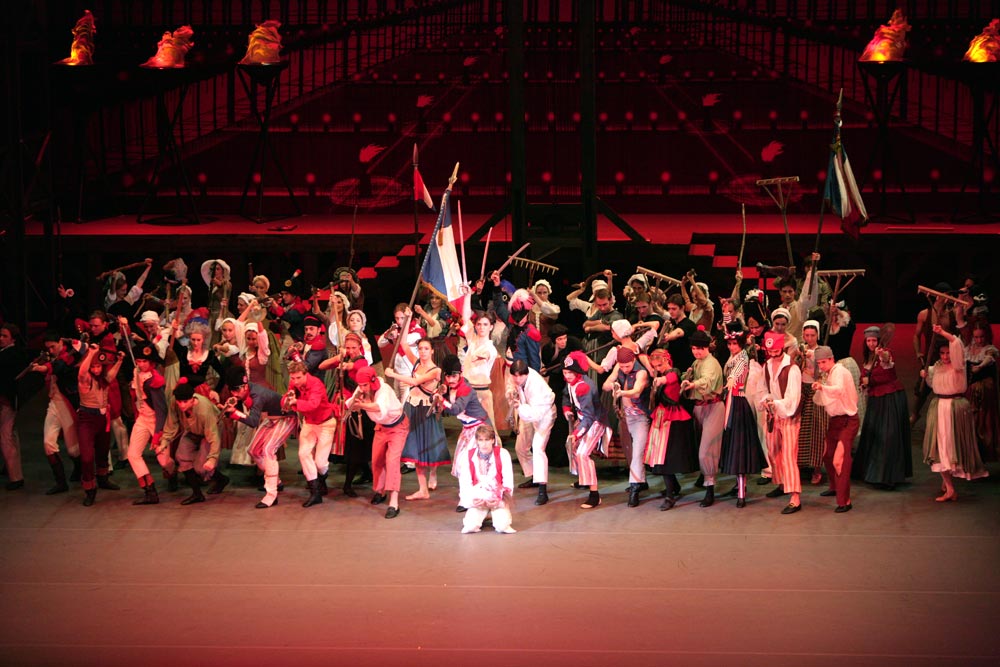
© Damir Yusupov. (Click image for larger version)
All this gives a sense that somewhere inside the Ratmansky Flames of Paris lurks a serious ballet about the moral dilemmas and human cost of the French (and by extension the Russian) Revolution. The problem is that by combining those elements with a nostalgic homage to the ballet’s historic form as archetypal 1930s Socialist-realist agitprop the choreographer is trying to have his cake and eat it too. It is Adeline and Jerome who engage our sympathy (the other characters are strictly one-dimensional) yet at the end we are expected to cheer for the mob which has just cut off the poor girl’s head.
The ballet thus falls between two stools – it might work better and be more satisfying done one way or the other and, with its hybrid nature, is far from being Ratmansky’s best work. Under the circumstances, the best thing to do is forget about taking things seriously either artistically or ideologically, sit back and enjoy the dancing – and what dancing it is.
The choreography for the revolutionaries involves, as you would expect, large ensemble scenes, lots of folk-based character work, notably for the women (Jerome’s fiery sister Jeanne alternates between character and pointe shoes) and – of course – the Bolshoi’s men hurtling across the stage and competing to see who can jump the highest and spin the most.
In contrast, the movement for the courtiers is more refined, drawing on elements of 18th century dance which match their formal costumes. The two Mireille de Poitiers divertissements are purely classical – the complete ballet within a ballet in Act 1, Rinaldo and Armida, is a charmingly elegant pastiche of a Petipa-type divertissement with 18th century touches. It calls for classical technique of the highest level, in particular from its ballerina – only fitting since the role was first danced by two supreme classicists: Dudinskaya at the Kirov and Semyonova at the Bolshoi.
The production reaches its climax with the famous pas de deux for Jeanne and her lover Philippe where the couple keep outdoing each other in solo after scintillating solo – this is the part of the ballet many people will know, a former staple of international competitions in Vainonen’s version and again today in Ratmansky’s.
The large number of major dancing roles ensures every performance is packed with principals and soloists. The cast I saw had welcome familiar faces along with some exciting newcomers.
Maria Alexandrova clearly revels in the role of Jeanne which allows her to unleash that glorious physical power and freedom of movement and show that she can jump just as high as the men (she even treated the audience to a few extra grands jetés during the curtain calls). Dramatically she was less coherent, perhaps reflecting the dichotomy of the ballet itself. In the opening scene where the Marquis tries to rape her (a pretty tame affair for those used to the likes of Mayerling) her old-style Soviet emoting was so over the top I wondered if she was deliberately sending things up; yet she was natural and touching when thanking Adeline for saving her brother or comforting Jerome after Adeline’s death.
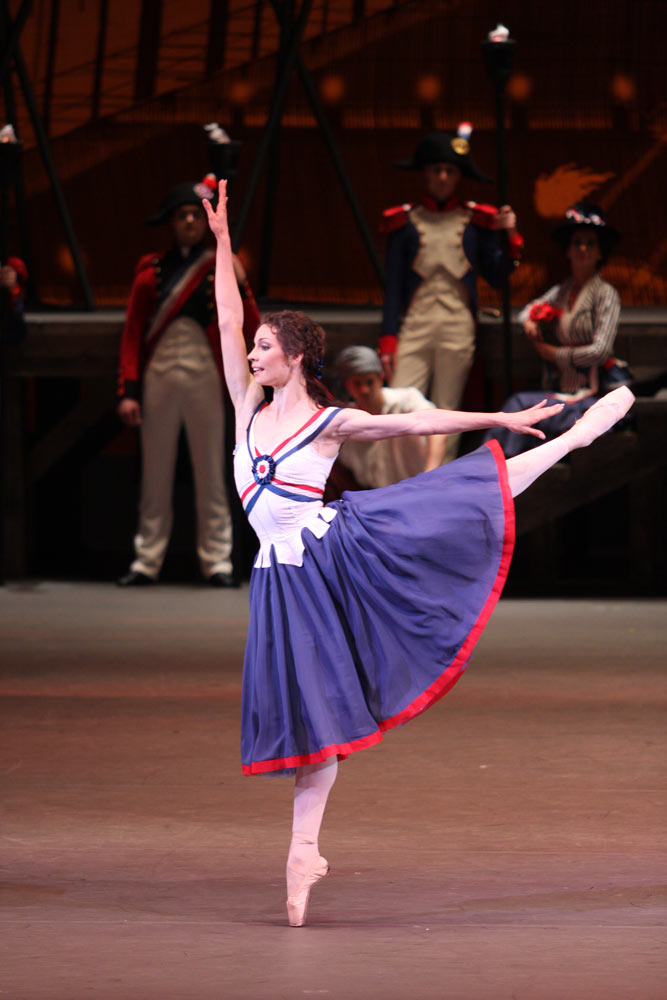
© E Fetisova. (Click image for larger version)
In classical roles Ruslan Skvortsov has always struck me as a good dancer but lacking personality, so it was a pleasant surprise to see him come into his own with a splendidly dastardly portrayal of the Marquis (after this I would be interested to see him in the title role of Onegin in which he has just made his debut). His dancing was beautifully precise and impeccably finished.
Anna Rebetskaya made a strong impression as Adeline, creating a convincing portrait of an innocent girl struggling to do what is right in desperate circumstances. This is essentially a mime role so there was limited opportunity to judge her dancing but she is someone to look out for in dramatic roles.
Vladislav Lantratov’s Philippe showed why he is one of the company’s rising stars – tall, handsome and virile in the best Russian tradition, he has the panache, big soaring jump and impeccable partnering skills we expect from the Bolshoi’s men. As Jerome, Andrei Merkuriev demonstrated again how well his name suits him, with bright, buoyant, mercurial dancing. He and Rebetskaya were charming together and his horror and grief at Adeline’s death were genuinely moving.
In the ballet-within-a-ballet scenes, Nina Kaptsova as Mireille gave a dazzling display of technique including some breathtaking hops on pointe turning en attitude (a solo which dates from the original version). She was strongly supported by Artem Ovcharenko – another handsome Bolshoi dancer with a big jump – as her partner Antoine and Anastasia Stashkevich who was a delightful Amour.
Boris Asafyev’s lively score is eminently danceable if not memorable and the Bolshoi Orchestra was a joy as always.
–oOo–
As a footnote, having been in Moscow during the upheaval following the horrendous attack on Sergei Filin, I would like to take off my dance critic’s hat off for a moment. The message I got from people at the Bolshoi was that their no.1 goal during this terrible time has been to keep working and do their utmost to maintain artistic standards and give the public great performances. They are disheartened and frustrated that what they have achieved has not been recognized in the ongoing media coverage of the Filin scandal.
Based on the performance I saw, they are succeeding admirably in their goal. No-one watching could have guessed that this was a company going through such turmoil. I believe that this will be demonstrated further by the upcoming London season and am sure that the British audience, in whose heart the Bolshoi has always had a special place, will show its appreciation and support for their dedication.







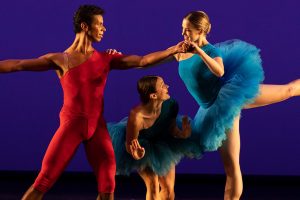
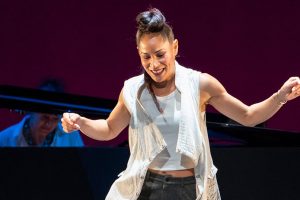
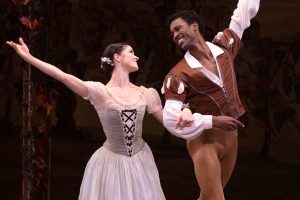
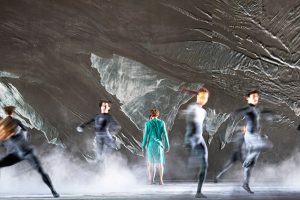


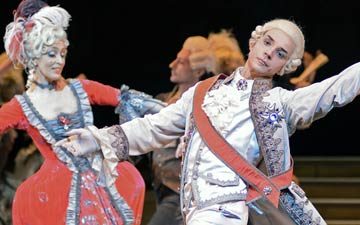
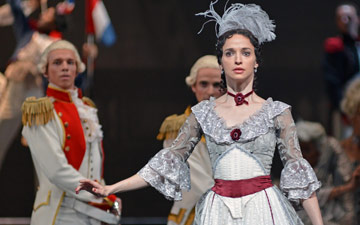
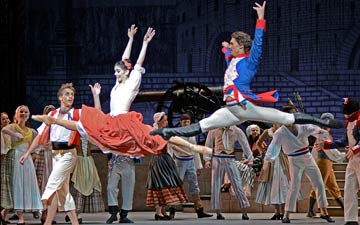
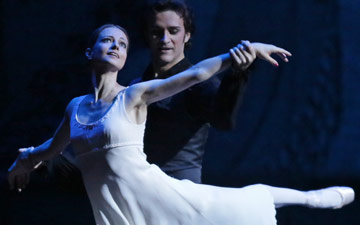
You must be logged in to post a comment.